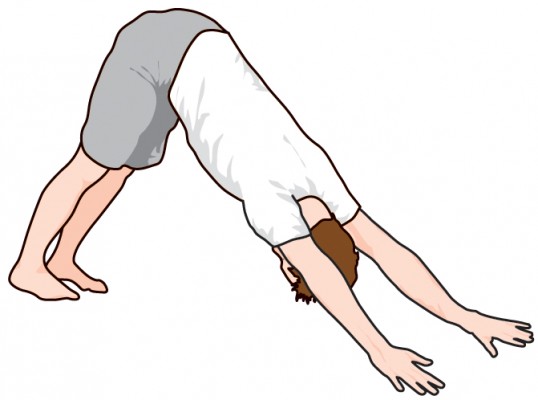Less time injured = more time riding
Okay, we’re not saying we can stop you getting mountain bike injuries but you can reduce your time off the bike with these simple steps.
Watch the video above. In it various pro mountain bike racers detail their most common – and their worst – sustained injuries. It’s the first video in a new series from Red Bull that promises to show how the pros deal with their harshest slams.
Injuries thorough crashes are not really avoidable. Sorry! Well, you can try and get better – go check out our extensive bunch of ‘how to’ skills guides – but crashing is a fact of riding.
The injuries we’re going to talk about avoiding here are those injuries that come about from lack of preparation, lack of fitness and lack of fuelling.
Warm up before each ride
Tight calves and hamstrings can lead to torn muscles, but a proper warm-up and cool- down will save you the soreness. Spending the first 10-15 minutes going easy, you’ll steadily increase blood flow, flexibility and range of motion.
And don’t forget to cool down — a progressive decrease in pace will remove the waste products that inhibit recovery. Off the bike, use a foam roller post-ride to help you massage out adhesions and increase blood flow and mobility, just go slow and be gentle on the sore spots.
Don’t skimp on rest days
Muscular and cellular adaptation to training actually takes place during down-time, so don’t be fooled into thinking it won’t matter if you skip rest days. Overtraining can cause muscle damage that leads to a reduction in strength and endurance as well as disrupting your sleep and immune function.
Schedule in a couple of rest days a week and watch out for symptoms of overtraining, such as disturbed sleep, loss of concentration, excessive muscle soreness or a higher than normal resting heart rate.
Fuel properly for every ride
An empty carbohydrate tank is one of the primary causes of hitting the wall during long rides, but running on empty doesn’t just wreck your performance, it’s also associated with injury damage to muscle-fibers.
Choose slow-release carbs like oats, wholegrain bread and sweet potatoes at each meal to drip-feed your muscles energy, and aim to consume 30-60 grams of carbs an hour during rides lasting over an hour. Solid foods and sports drinks are equally as effective, so choose what feels most comfortable to consume.
Also, as Mr Doyle comments below, pre-ride fuelling is important and is indeed often overlooked. Don’t skimp on brekkie, kids!
Another commenter below has also chipped in with two more excellent tips…
1) Check your bike over before going for a ride. Read: How to prep your bike in two minutes.
2) Body armour. Read: Best mountain bike knee pads and Best mountain bike helmets.
Anything else you can think of? Your suggestions are always welcome.






